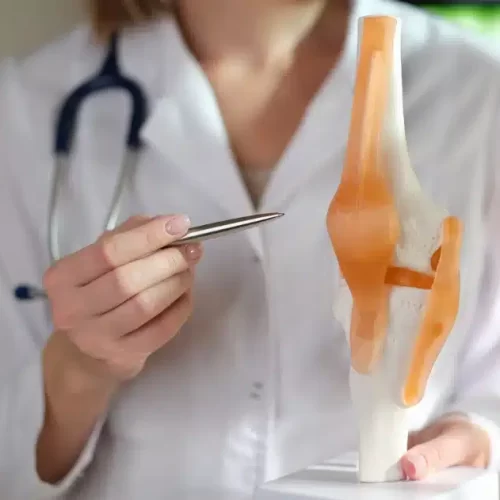Introduction:
In recent years, the field of orthopedic surgery has witnessed a significant rise in the use of robotic technology for knee replacement procedures. Robotic knee replacement surgery combines the expertise of skilled surgeons with the precision and accuracy of advanced robotic systems. This revolutionary approach has transformed the way knee replacements are performed, offering numerous benefits and advancements that have improved patient outcomes and satisfaction.

Enhanced Precision and Accuracy:
One of the key advantages of robotic knee replacement is its ability to achieve unparalleled precision and accuracy. Robotic systems utilize advanced imaging and mapping technology to create a three-dimensional virtual model of the patient's knee joint. This detailed representation allows the surgeon to plan the procedure with exceptional precision, ensuring optimal implant alignment and fit. The robotic arm then assists the surgeon in executing the surgical plan with a level of accuracy that surpasses traditional techniques, leading to improved long-term implant longevity and function.
Personalized Surgical Approach:
Robotic knee replacement enables a personalized surgical approach tailored to each patient's unique anatomy and condition. Through preoperative imaging and virtual planning, the surgeon can create a customized surgical strategy that addresses the specific needs of the patient. This personalized approach optimizes implant positioning, ligament balance, and overall joint function, resulting in improved range of motion, stability, and a more natural feel after surgery.
Faster Recovery and Improved Outcomes:
With the precision and accuracy offered by robotic knee replacement, patients experience faster recovery times and improved outcomes. The minimally invasive nature of robotic surgery allows for smaller incisions, reduced tissue trauma, and minimal blood loss. This translates into shorter hospital stays, less post-operative pain, and a quicker return to daily activities. Moreover, the precise alignment achieved through robotic assistance contributes to a more balanced joint, reducing the risk of complications, implant wear, and the need for revision surgery.
Conclusion:
The rise of robotic knee replacement has revolutionized the field of orthopedic surgery. The combination of robotic technology and skilled surgeons has led to enhanced precision, personalized surgical approaches, and improved patient outcomes. With the benefits of increased accuracy, faster recovery times, and improved implant longevity, robotic knee replacement is transforming the lives of individuals suffering from knee pain and limited mobility. As this innovative technology continues to advance, it holds the promise of further improving the field of knee replacement surgery and providing patients with a brighter future of enhanced mobility and quality of life.

